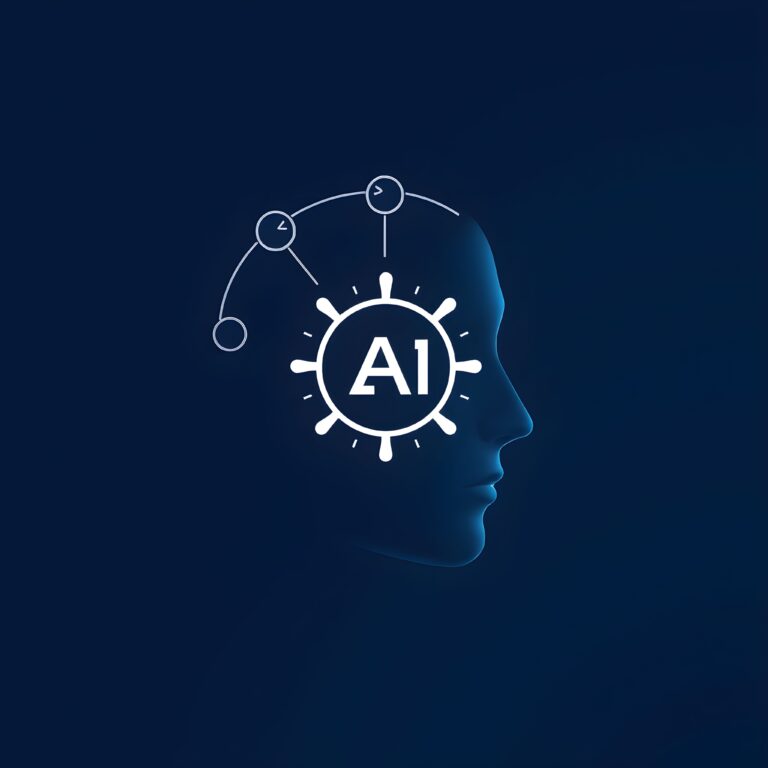In a move that has left tech enthusiasts and users alike nostalgic, Microsoft recently announced the discontinuation of its virtual voice assistant, Cortana. This marks the end of an era for a digital companion that once held a prominent place in the world of AI technology. In this article, we delve into Cortana’s journey, the reasons behind its demise, and what lies ahead for Microsoft in the realm of artificial intelligence.
Cortana’s Journey: From Debut to Demise
Introduced in 2014, Cortana quickly gained attention as Microsoft’s answer to Apple’s Siri and Amazon’s Alexa. Named after an AI character in the popular Halo video game series, Cortana was designed to be a versatile digital assistant capable of aiding users in various tasks, from setting reminders and sending emails to providing weather updates and answering questions.
However, as time progressed, Cortana faced tough competition from its rivals. Siri and Alexa continually expanded their functionalities and user bases, while Cortana struggled to keep up. Despite integration into Windows 10 and efforts to improve its capabilities, Cortana failed to achieve the widespread adoption that Microsoft had hoped for.
Reasons Behind Cortana’s Demise
Several factors contributed to the eventual discontinuation of Cortana. One major factor was its lack of presence on mobile devices. While Siri and Google Assistant seamlessly integrated into smartphones, Cortana remained primarily tethered to Windows devices, limiting its accessibility and relevance. Furthermore, privacy concerns and the collection of personal data by virtual assistants also influenced user preferences.
Microsoft’s decision to discontinue Cortana’s consumer-oriented features in early 2021 marked a clear shift in focus. The company acknowledged that Cortana would evolve into a productivity-oriented AI assistant, integrated with Microsoft 365 applications to enhance work-related tasks such as managing calendars and emails.
The Future of AI at Microsoft
As Cortana bids farewell, Microsoft is not giving up on AI technology. The company’s decision to integrate Cortana’s capabilities into Microsoft 365 demonstrates a commitment to improving workplace productivity through AI assistance. By leveraging Cortana’s strengths in a more focused manner, Microsoft aims to create a more streamlined and effective virtual assistant experience for professionals.
Beyond Cortana, Microsoft continues to invest in AI advancements across its ecosystem. From AI-powered language translation in Skype to intelligent image recognition in OneDrive, the company is determined to harness AI’s potential to enhance user experiences and simplify complex tasks.
The discontinuation of Microsoft Cortana marks the end of a chapter in the history of virtual voice assistants. While Cortana may not have achieved the widespread popularity of its competitors, its journey provides valuable insights into the evolution of AI technology and user preferences. As Microsoft pivots towards a productivity-focused AI strategy, we can anticipate further innovations that streamline our work and enhance our digital interactions. So, let us bid a fond farewell to Cortana while embracing the exciting AI-driven future that Microsoft continues to build.












